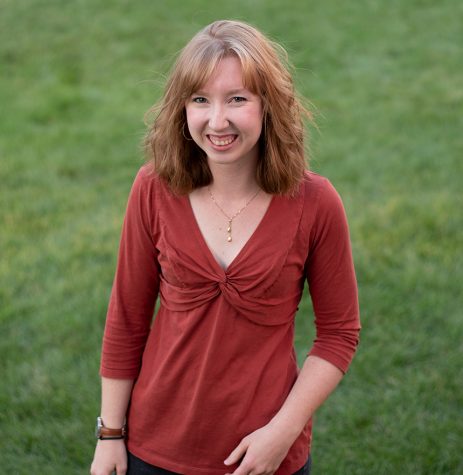Art community reacts to inauguration
January 25, 2017
As progressive force in society that provides introspection, enjoyment, and connection, art is constantly changing with history. More importantly, art is an unrestricted commentary on both the victories and losses of our times.
In the case of today’s political climate, the art world has a lot to say, and the majority of it is not nice.
Donald Trump’s recent election has received a volatile response from all corners of the creative world. Many visual artists, musicians and actors have been publicly resistant to supporting a man who they feel may only push America backward and harm their freedom of expression.
Singer-songwriter John Legend eloquently summed up the attitudes of many of his peers in a Dec. 13 BBC article.
“Creative people tend to reject bigotry and hate,” Legend said. “When we see someone [who is] preaching bigotry and hate and division, it’s unlikely that [Trump] will get a lot of people who want to be associated with him.”
As Trump’s inauguration ominously loomed over the minds of many Americans, artists have bluntly expressed their views about performing during the ceremony.
“I would never do it,” singer-songwriter Zara Larsson stated in the same Dec. 13 BBC article, when asked if she would perform at the inauguration.
On the day of the inauguration, over 130 artists, curators and critics decided to support an art strike, The Atlantic stated in a Jan. 18 article. Museums, galleries, theaters and concert halls were asked to be closed for the day of Jan. 20 as an act of “non-compliance.”
“It is not a strike against art, theater or any other cultural form,” the #J20 Art Strike website says, “but a tactic among others to combat the normalization of Trumpism.”
Artists are also uniting in defiance through The Nasty Women Art Exhibition that began in New York City on Jan. 12. The idea was thought up by artists Roxanne Jackson and Jessamyn Fiore, according to a Time magazine article.
“This show is about female-identifying artists coming together against the Trump regime,” Jackson stated in a Huffington Post article published Nov. 17, 2016. All proceeds from sales at the exhibit went to Planned Parenthood, the article said.
Shepard Fairey, who was the artist behind Barack Obama’s famous HOPE poster from his 2008 campaign, is also using his art to comment on the current political situation, said a Time magazine article from Jan. 18.
Fairey’s current work, which looks similar to his famous poster, is a set of screen prints that features portraits of the “shared humanity of our diverse America,” said Time. The prints show individuals of different races, ethnicities, and religions.
Not only are musicians and visual artists finding ways to protest the current political scene, but artists of the stage and screen are making their voices heard as well. Actress Meryl Streep recently caused a stir when she spoke about Trump’s bully-like behavior in her acceptance speech at the Golden Globes on Jan. 8.
“Maybe he’ll just have to sing something himself,” singer and actress Idina Menzel quipped in a Dec. 15 interview with Vanity Fair regarding Trump’s struggles to secure a performer for the inauguration ceremony. “He probably thinks he has a great voice; he thinks he does everything great.”
Additionally, the cast of “Hamilton” had a message for Vice President Mike Pence when he attended the show Nov. 18, 2016.
“We, sir are the diverse America who are alarmed and anxious that your new administration will not protect us,” “Hamilton” actor Vince Dixon said. “We truly hope that this show has inspired you to work on behalf of all of us.”
Trump has reacted to many of these situations with little respect for artists — calling them out on Twitter in short, often aggressive, statements.
Rapper Kanye West has controversially gone against the established views of many of his fellow artists through his vocal support of Trump, expressed both on Twitter and onstage at a Nov. 17, 2016 concert, according to The Washington Post.
The same source also reported a meeting between West and Trump at Trump Tower Dec. 13, 2016. West tweeted afterward that he had met with Trump to discuss “multicultural issues,” and added that “it is important to have a direct line of communication with our president if we truly want change.”
No matter his or her beliefs, the artist’s right to self-expression, in both their art and their words, is protected under the First Amendment.
The language of prejudice, exclusion and hatred that cluttered this past election cycle goes against the very purpose of art and creative forces in America.
Visual art, theater, literature and music are meant for the eyes, ears and enjoyment of all — no matter race, gender or sexuality — so a government that works only for a select few will not be accepted by many in the creative community.
Art, which transcends through time with force and intention, is viewed and valued by so many — making it the perfect platform for protest and self-expression in times of immense turmoil.







